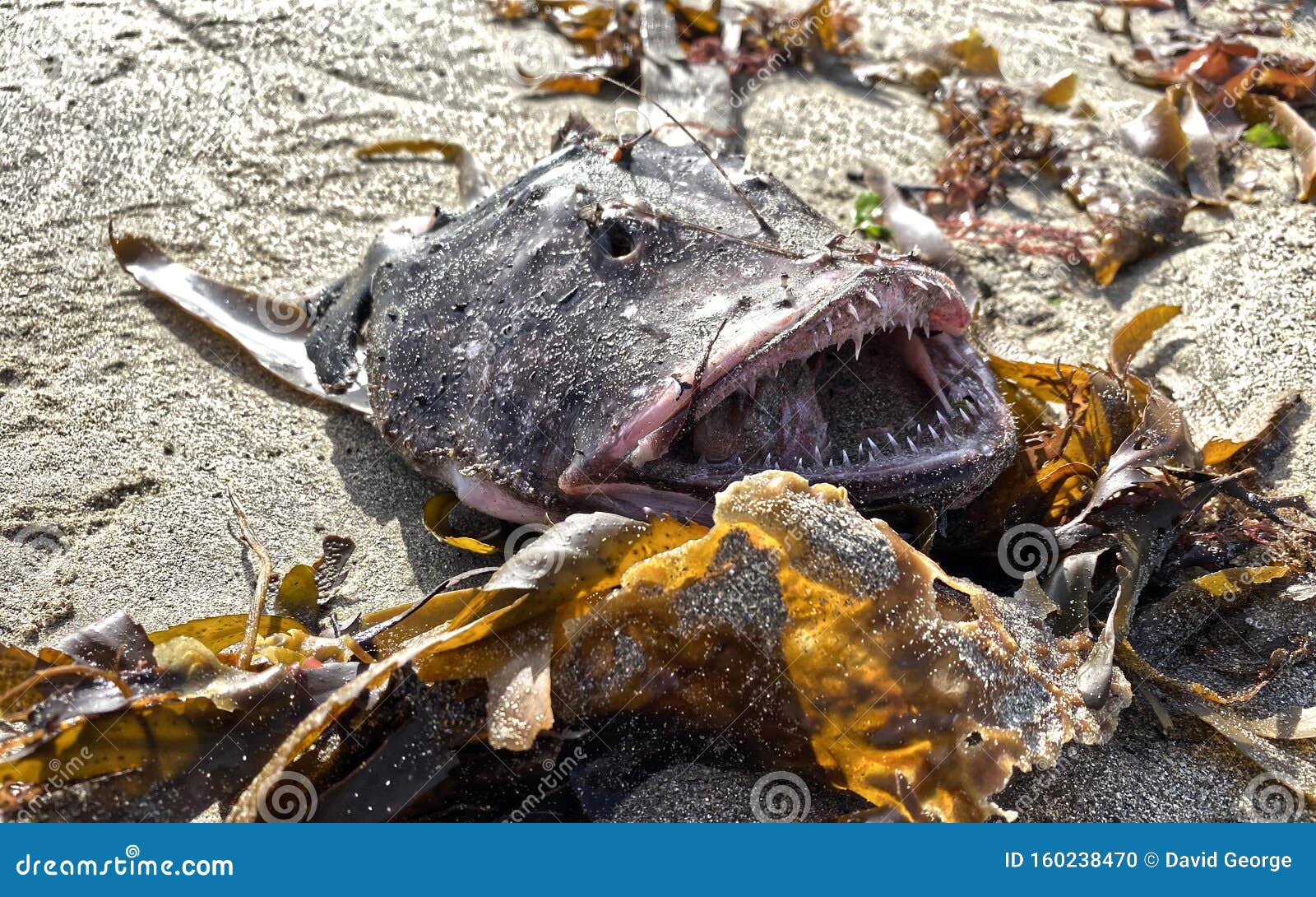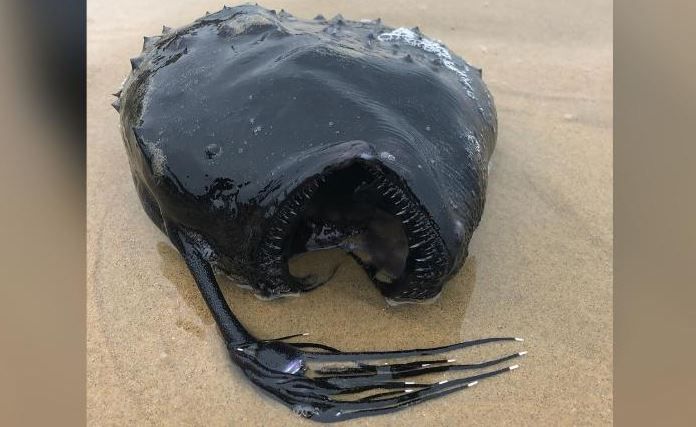

The male loses his eyes and all of his internal organs except his testes. Slowly, the male begins to fuse physically, eventually using her bloodstream. Once a young male anglerfish encounters a female, it latches on with his teeth. Males are sexual parasites, which, in the human world, would be both a good insult and a good band name. The mating ritual is… eerie, to say the least. Only the females carry the glowing lantern, and the males are much smaller than the females. Because of that, they can eat and digest other fish up to twice their size. They have another strange attribute, too - their bodies are incredibly soft, relative to their bony head and mouth. Once they’re lured in, the anglerfish uses its huge head, gaping mouth, and sharp teeth to grab hold of the unlucky victim. It was a species of anglerfish called the Melanocetus, or Black Sea Devil.Īnglerfish, which are named for the dorsal spine that hangs in front of their mouths, use a glowing bit of flesh to attract other fish. Back in 2018, the Monterey Bay Aquarium Research Institute (MBARI) captured a rare encounter with an even rarer species on camera. There are around 200 species of anglerfish, although fewer than six have ever been captured on camera in their environment. The creature was a Pacific footballfish, a type of deep-sea anglerfish made famous in ‘Finding Nemo’ that has a little bioluminescent light on top of its head that acts as a lure. They live in one of the world’s least hospitable places, at depths of up to 3,000 feet, and they’ve evolved to not only survive, but thrive. Take, for example, the deep-sea anglerfish that washed up in Laguna Beach in early May.Īnglerfish are an exceedingly weird animal. Every now and then, however, something washes up on a beach somewhere that drives home the fact that we’re sharing our planet with creatures that look like aliens. We don’t generally see the creatures of the deep sea, though, because they’re so deep.

Well, weird to us, I suppose, because we’ve barely scratched the surface of what’s down there, but maybe not weird to whatever’s down there, because they’re down there. “Their teeth, like pointed shards of glass, are transparent and their large mouth is capable of sucking up and swallowing prey the size of their own body.The deep-sea has a lot of weird shit in it. “Only females possess a long stalk on the head with bioluminescent tips used as a lure to entice prey in the darkness of waters as deep as 3,000 feet!” the park wrote. T^he largest females may exceed lengths of 60 centimeters (24 inches) and are globose in shape, whereas males do not exceed 4 centemeters (1.25 inches) as adults and are comparatively fusiform. The Pacific Coast football fish are in the family Himantolophidae, and are globose, deep-sea anglerfishes found in tropical and subtropical waters of the Atlantic, Indian, and the Pacific Ocean. There are 22 species, all in the single genus Himantolophus.Īs it is with most deep-sea anglerfish, sexual dimorphism goes to the extreme. Post from Crystal Cove State Park Facebook page “To see an actual angler fish intact is very rare and it is unknown how or why the fish ended up on the shore,” reads the Facebook post, according to CBS News. The near-black fish with a gaping mouth and razor-sharp teeth lay on the sand on the shore of Crystal Cove State Park’s Marine Protected Area in Laguna Beach last Friday. The park shared images of the fish on social media and identified it as being most likely the Pacific Football Fish. Crystal Cove State Park in California shared tis photo of a Pacific Football fish, a creature from the deep sea that usually is never seen.Ī beachgoer was shocked to discover a rarely-spotted fish, with a monstrous-looking body shaped like a football, washed up at a California beach last week. (Ben Estes) In modern day Newport Beach, a cousin to the deep-sea creature washed ashore last week, far from its normal clime.


 0 kommentar(er)
0 kommentar(er)
